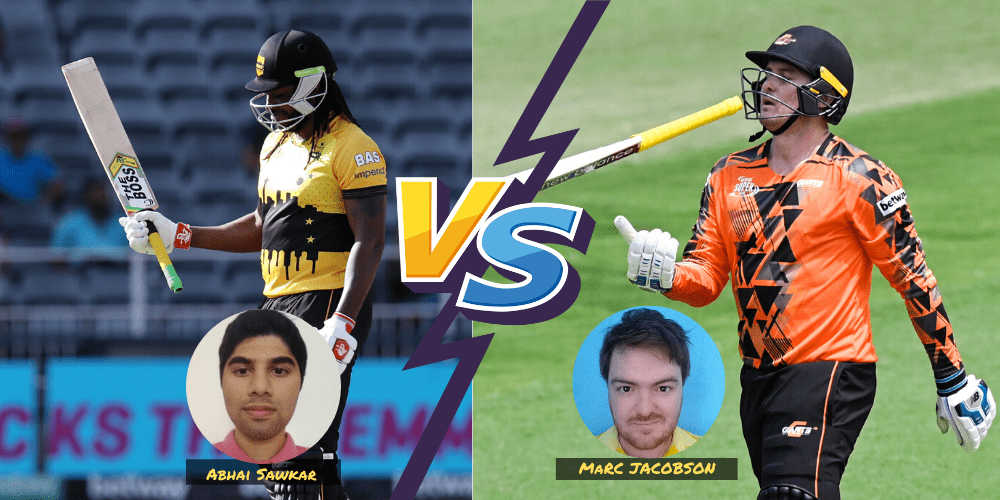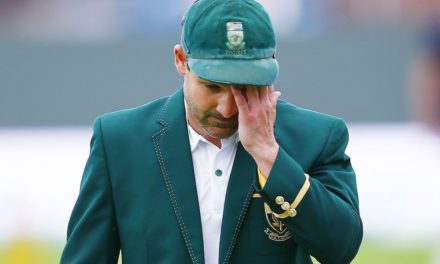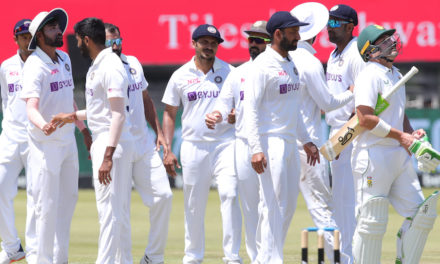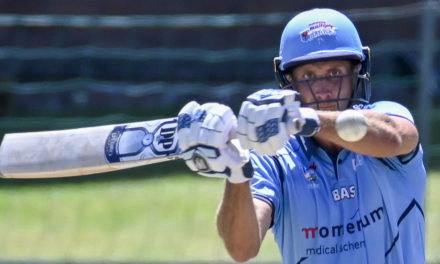The Mzansi Super League rules state that a maximum of 2 overseas players can be selected in each XI. In this week’s Great Debate, Abhai Sawkar and Marc Jacobson argue whether more should be allowed to be fielded.
Abhai says, yes
When we look at the success of T20 leagues, the first one that comes to mind is the IPL. The overall brand of cricket and the quality of players that feature have undoubtedly made it the brightest of events.
Now let’s take a look at the MSL – it’s still in the development phase when compared to more established leagues, but it’s headed in the right direction so far.
The MSL already features the best current South African players, both from the national setup as well as the domestic setup.
In recent times, the majority of limited-overs debutants have been products of MSL exploits, and not all of them have found the step up to be the smoothest of transitions.
There are two key factors to improving the quality of the MSL: providing opportunities to more young and developing players, and the recruitment of strong overseas players.
We haven’t seen too many quality overseas pros when analyzing the 2018 and 2019 editions: the prominent names that stand out include Alex Hales, Eoin Morgan, Rashid Khan, Chris Gayle, and Jason Roy, to name a few.
Overseas players are the balancers for franchise teams and often are considered the big-match players. If we look at the IPL and the CPL, every playing XI has 4 overseas players, and the PSL has 3 overseas players in every XI.
There’s the argument that having too many overseas players in a playing XI could crowd out local talent from shining, but the MSL is set to upsize to eight franchise teams, and that means more uncapped domestic cricketers will potentially be able to play top-level T20 cricket for the first time.
Here’s another comparison: Australia’s Big Bash League. Every playing XI can feature a maximum of 2 overseas players, and in recent times, the quality of the league has downgraded due to the fact that the current local talent isn’t as proficient as the domestic players from earlier in the 2010s.
Playing three overseas players is a fair proposition: not too little, not too many. Plus there’s the option to sign more overseas players depending on availability.
The futuristic Bloemfontein-based team will have a sizable catchment area in the VKB Knights setup. In fact, relative to other franchise teams, only a few cricketers from the Knights have gone on to consistently play in the MSL.
The main objective of the MSL is to serve as an initiative for players in both the franchise as well as the semi-professional scene to step up to the plate and rise up the ranks.
With eight teams in the mix, it will be a mutualistic win-win situation – not only will the domestic players be able to learn from some of the best T20 cricketers, but the overseas players and top-level South Africans will be able to challenge the up-and-coming players from across the country.
Marc says, no
As much as T20s, and specifically domestic T20 tournaments, are a major drawcard for bashing international excellence from every corner of the globe, it remains paramount to still hone and focus on homegrown talent.
T20 leagues such as the Indian Premier League (India), Big Bash (Australia) and Caribbean Premier League (West Indies) – to name a few – have become moneymaking benders for pronounced players around the world.
These leagues have thrived under commercial gain for their respective national unions, to such an extent that they don’t any longer bare much significance to local talent or to the various regions where the teams are stationed.
Monetary values are attached to players and they are ‘sold off’ to teams as if they’re treasured items ‘up for grabs’.
Understandably, these leagues are great initiatives for advancing the sport in the shorter format, but what real substance do they serve besides enriching players’ bank accounts?
South Africa’s Mzansi Super League, still relatively in its infancy, and which comprises six teams, has a limit of two international players allocated per team – and it should stay that way.
While mixing international experience with local proficiencies can do wonders for developing talent, it should firmly remain within limits. The allotted Proteas players are also in the mix to accompany the ‘no-name brands’, which should suffice in helping to unearth local flair as well.
The MSL is a good opportunity for aspiring players to make names for themselves, but without being too overshadowed by international quality. A wide range of players already loses out on the opportunity to play as they fail to be snapped up in the bids, with the marquee individuals (national and international) at the forefront of being bought.
Provincially, SA have hundreds of semi-professional players in their stocks and too many lose out on these opportunities as is.
Adding another foreigner into the equation would further blanket local spark.
And although plans have been proposed of extending the MSL from six to eight teams, this can provide the perfect opportunity to reinforce the idea of prioritising domestic talent.
Two international players, plus several Proteas teammates, should strike the right balance of opening, at most, 10 positions for the best provincial talent per team. This would, in turn, restore the relevance of the tournament.
Disclaimer: Cricket Fanatics Magazine encourages freedom of speech and the expression of diverse views from fans. The views of this article published on cricketfanaticsmag.com are therefore the writer’s own and do not necessarily represent the views of the Cricket Fanatics Magazine team.
Photo: BackpagePix











